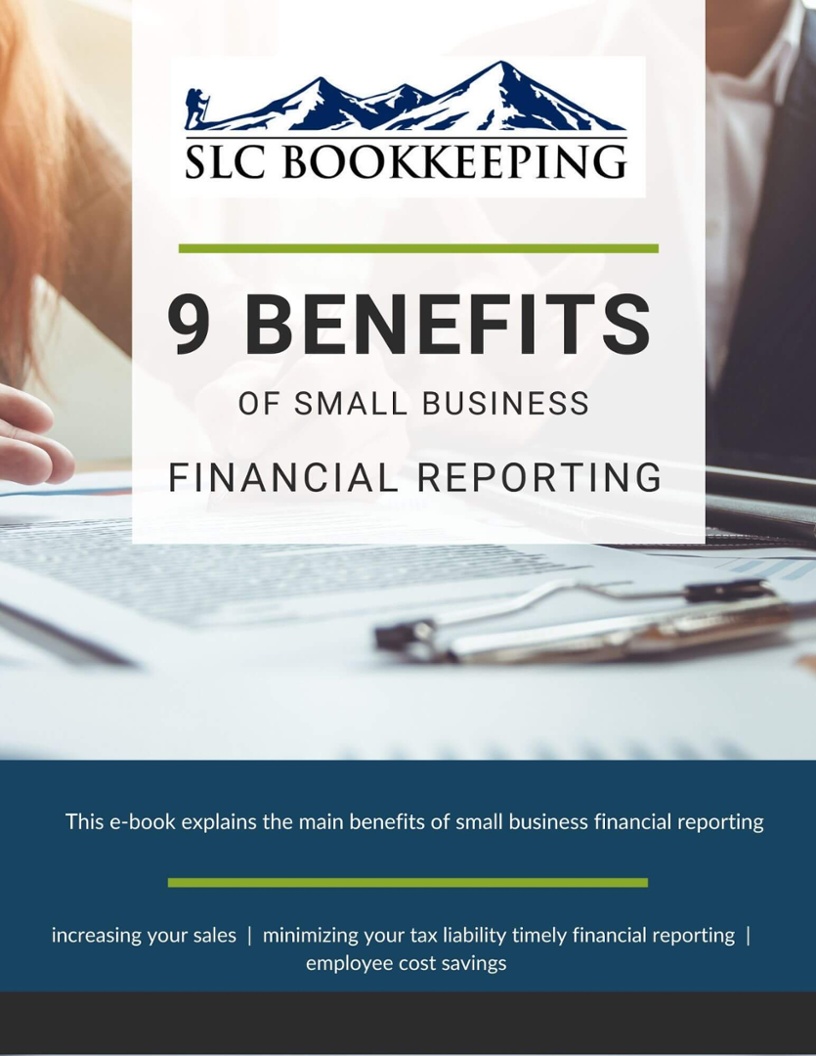Reviewing Your Small Business's Balance Sheet
The Balance Sheet might not get the attention it needs, in fact some small business owners may never even look at it since it doesn't show their 'bottom line.' When reviewing financials with an owner or manager, the attention seems to float towards Profit and Loss. Within QuickBooks, a few clicks of the mouse can show profit margins, month to month trends, YTD comparisons, etc. But utilizing the Balance Sheet can save that same owner or manager some stress down the road. Do assets outweigh the liabilities? Are the assets being depreciated properly? Does the book balance of the loans tie to the actual statement balance? Depending on the frequency of checking this report, you may be caught off guard by the balances. Financial Goals vary from owner to owner; maybe it's having the books be investor ready, or possibly seeing how scalable your business could be, or maybe its knowing the amount of cash you would walk away with if you liquidated everything and moved on to the next part of your life. In order to answer some of these questions, you need to understand the 3 components of the Balance Sheet; Assets, Liabilities, and Equity.
Assets
Within QuickBooks, Assets breakdown to a few different subcategories; Bank, Accounts Receivable, Fixed Asset, Other Asset, and Other Current Asset. Within these accounts, the details breakdown even more and reflect the details that relate directly to your business. Bank accounts on the Balance Sheet can include checking account, savings account, PayPal, petty cash, register tils, and the list goes on and on. Accounts Receivable is the money owed to the business. Depending on the industry you are in, Accounts Receivable can be simple to understand or it can unravel and become a headache. Fixed Assets are items that going to be held on for more than a year and need depreciation. Other Assets vary from note receivables to inventory to varying term investments. Other Current Assets tend to be deposits made or prepaid expenses. A small business may not care to dive into the details of the differences between Other Current Assets and Other Assets until the Balance Sheet grows and the breakdown is needed.
Liabilities
QuickBooks has a handful of liabilities that are already set up that apply to almost all small businesses. These categories that are found on the Balance Sheet are; Accounts Payable, Credit Cards, Current Liability, Long Term Liability, and Loans. It seems Accounts Payable isn't always utilized in QuickBooks. Owners may hand write checks and record them when they clear the bank or they simply don't know the difference between a bill and a check. I like to put in a system the cuts checks one to two times a month and always knowing where your Accounts Payable is. The Credit Card features have evolved greatly in QuickBooks over the years and I don't know why they shouldn't be on the books and set up correctly. Current Liabilities are balances owed that are going to be paid within a year, such as Sales Tax, Deferred Earnings, etc. Long Term Liabilities tend to gravitate towards big picture stuff such as mortgages. Recently Long Term Liabilities in QuickBooks has evolved and now Loans are a part of the Chart of Accounts. Loans are bank loans, line of credit, or possible funds brought to the business by investors or family members.
Equity = Assets - Liabilities
Take your assets, minus your liabilities and you are left with Equity. This shows the net worth of the company. When setting up the owner's equity account, I like to set up separate subcategories to show Equity Contributions and Equity Draws. This allows easy reporting for any funds the owner may have drawn from the company's bank account and any funds they may have contributed along the way. The contributions usually take place as a business is starting up and can be easily overlooked. A few hundred bucks here and there can easily add up a few grand over a few years and why not track this to minimize your tax liability. Equity also shows Net Income, which comes directly from that fiscal year's Profit and Loss. Retained Earnings reflects prior fiscal year's net profit or loss.
If you are a small business owner and don't fully understand the importance of the Balance Sheet, then feel free to get in touch with us to learn more. Most of the info above is for the basics of understanding the value of your business. Make sure all your hard work is paying off and make sure you can easily put your finger on the financial reporting to prove so.


Comments